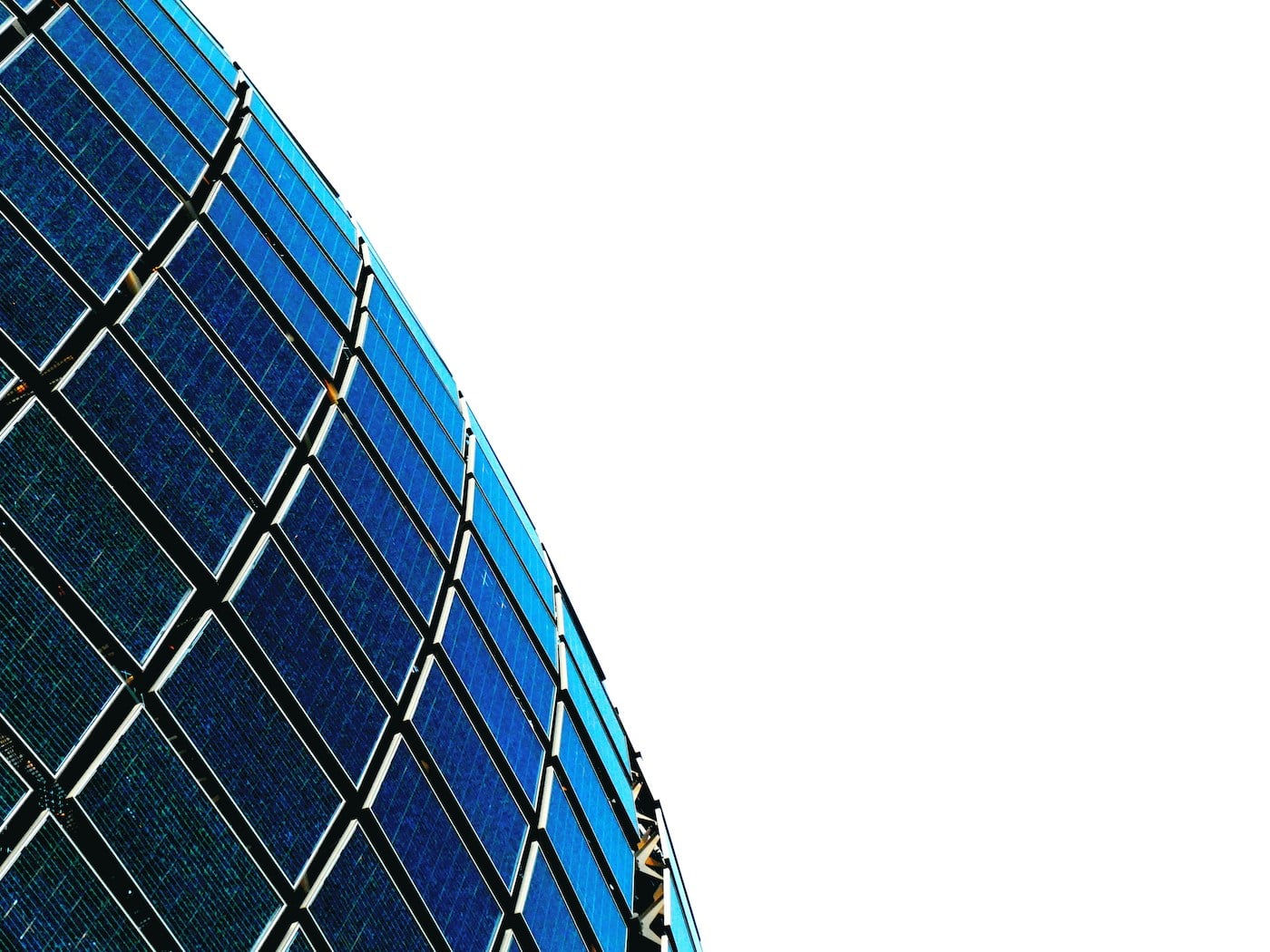Published on 04 March 2024
The Amorphous Photovoltaic Panel

What are amorphous solar panels: features and advantages
The amorphous photovoltaic panel is part of the thin-film photovoltaic panel category, of which amorphous panels are a specific type. Like all photovoltaic panels, they are innovative devices for converting solar energy into electricity, but their structure is based on photovoltaic cells made by depositing a thin layer of semiconductor material, such as amorphous silicon, onto a flexible substrate.
Main features of amorphous panels
Amorphous photovoltaic panels represent an innovative and versatile solution in terms of both functionality and aesthetics. Although their efficiency is slightly lower compared to other types of solar panels, they offer significant advantages in terms of cost, flexibility, lightness, and color variety.
Efficiency: The energy conversion efficiency of thin-film panels is lower than that of monocrystalline and polycrystalline panels, averaging between 6% and 10%;
Cost: The production costs of amorphous panels are lower compared to other types of panels, making them a cost-effective option;
Flexibility: Their flexible structure makes them suitable for different surfaces, even curved or non-rigid ones, expanding installation possibilities;
Lightweight: The reduced weight facilitates installation and decreases the load on the roof or supporting structure;
Colors: Their availability in different colors allows them to integrate harmoniously with the building’s aesthetics;
Would you like to purchase some panels?
Search for used panelsAdvantages and disadvantages of amorphous panels
Amorphous solar panels offer a series of advantages that make them an interesting choice for installing a photovoltaic system, but they also present some disadvantages. Let’s look at them together:
Advantages:
Cost-effectiveness: they represent a competitive initial investment with good value for money.
Ease of installation: they ensure simplicity and speed in the installation process.
Versatility: they adapt very well to curved roofs, irregular surfaces, and architectural integrations.
Sustainability: They have a lower environmental impact compared to other types of panels, thanks to less energy-intensive production processes.
Disadvantages
Energy efficiency: they require a larger surface area to achieve the same energy production as other panels.
Lifespan: They have a shorter service life compared to monocrystalline and polycrystalline panels.
Heat sensitivity: High temperatures can negatively affect their conversion efficiency.
Disposal difficulties: Amorphous panels are not currently recyclable and must be disposed of. They are classified as electronic waste and their components are shredded together.
Amorphous photovoltaic panels: conclusion
Thin-film photovoltaic panels, including amorphous panels, represent an interesting choice for various applications. Their cost-effectiveness, flexibility, and wide range of colors make them particularly suitable for roofs with complex geometries, buildings with aesthetic constraints, or limited budgets. Their lower energy efficiency can be offset by their adaptability to different types of surfaces that would not be suitable for other types of panels.
For a complete assessment, it is advisable to compare the different technologies available, taking into account specific energy needs, the characteristics of the installation site, and the available budget.
Would you like to purchase some panels?
Search for used panels